
8 minute read
HOME & GARDEN
Stop your house leaking money, when the new energy price caps hit.
With energy price caps set to rise a further 45% from 1st April, there has never been a better time for homeowners to make the switch to double or triple glazing.
Dto the current crisis, switching to a cheaper gas and energy company is not an option. Therefore, it is essential to address alternative options to better improve your home’s thermal efficiency to prevent heat escaping and keep bills in check.
By switching from older-style, noncoated glazing to highly energy efficient comfort glazing options, your home can benefit from over 50% improved energy efficiency, enhanced security, up to 20% reduction in noise and a reduction in overheating by up to 50%, keeping your home warm and pockets full! An invisible coating is specifically designed to block out 50% of external heat from the sun, while keeping in 59% more internal heat. This will ensure your home is cooler in the summer and warmer in the winter. Making your home an all year-round sanctuary and keeping your hard earned cash from leaking out the windows. >> T&K Home Improvements is a family-run business that provides quality windows, doors and conservatories since 1979 in Northamptonshire and surrounding areas. To find out more on high performance energy efficient glazing options and how much you can save, visit www.tkhi.co.uk.
Established 1979
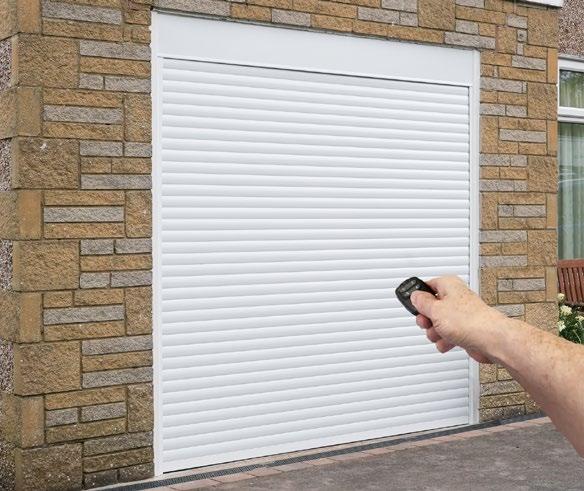


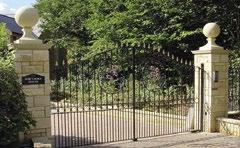
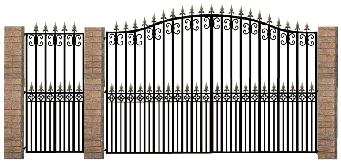

Only £895 for a fully fitted electric door.
Gotta get a Garolla.
NOW ONLY £895
WAS £1,354 INC VAT
WHAT’S INCLUDED WITH EVERY DOOR:
FREE EXPERT MEASURING & FITTING TWO REMOTE CONTROLS ACOUSTIC & THERMAL INSULATION AVAILABLE IN 21 COLOURS FREE DISPOSAL OF YOUR OLD DOOR
Garolla garage doors are strong and solidly built. They’re made to measure in our own UK factories. The electric Garolla door rolls up vertically taking up only 8 inches inside your garage. Our expert installers will fit your new door and take away the old one so there’s no mess.
Give us a call today and we’ll come and measure up completely Free.
Offer valid for openings up to 2.6m wide & inc: 2 remote controls, 55mm white slats, internal manual override.
GOTTA GET A GAROLLA
CALL US TODAY 01604 930 351
MOBILE 07537 149 128
DIGGING DEEP

Gardening with Pulse
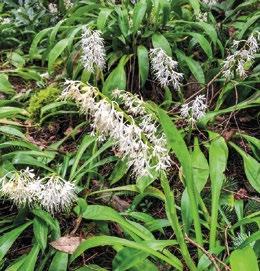
Even if you only have a small outdoor space, the introduction of veggies can still prove positive, and you can get busy in March; parsnips and broad beans will work well, for example, but beware of any particularly cold snaps which will prove damaging. It’s best to let the weather guide you, and only sow seeds if the conditions are right.
Your seed packets will provide all you need to know about when and how to plant to optimise success and remember that soil differences can affect growth tremendously; lighter soil warms sooner than damp, ‘heavy’ soil.
If your seeds will suffer in the chill, hold off for a while longer.
If the environment is suitable, there is much that can occupy your time – from beetroot to radishes, leeks, peas and spinach, and there is nothing quite like a homegrown onion or carrot to make you appreciate their real taste sensation!
When deciding to grow your own onions, you’ll have the choice between seed or set.
A set is an immature, partially grown bulb that is ready for replanting, which will deliver an earlier crop, whereas if you choose seeds, they should be started indoors before being transferred to your outside plot.
Provided they are planted correctly (four to five inches apart and no deeper than one inch beneath the soil), and remain free from pests and weeds, your onions should be ready to harvest after three to four months.
Carrots take anywhere between two to three months to grow, and once tasted, you’ll never want supermarket produce again!
The satisfaction of enjoying a plate piled with homegrown vegetables is one of life’s little pleasures, and it’s a great way to get children outdoors, learning about where their food comes from.
It also teaches responsibility; failure to care for their seedlings means they won’t flourish, so little minds will soon learn that they need to look after the seeds.
It’s a fact that children who grow their own food are more likely to eat the healthy stuff – and they can learn about food preparation too, from sowing to harvest to the plate.
Spending time gardening with youngsters gets them away from screens and into the fresh air and teaches them about nature and seasons and insects.
And by encouraging youngsters to eat better, it helps sow the seeds for a happy, healthy life. And that is invaluable. Y psilandra thibetica is a low-growing, clump-forming perennial with rosettes of elongated midgreen leaves.
In February or March, depending on the weather, it produces spikes of tiny white flowers which have blue anthers.
It has a beautiful scent (when you can get close enough to smell it).
It flourishes in shady conditions, similar to those found in its native habitat – forests in Tibet and Western China, and is happy in a neutral to alkaline soil which is well drained but moisture retaining.
Photographs don’t do it justice - it’s a stunning little plant which looks good with other earlyflowering plants such as Cyclamen Coum and many Snowdrops, and is well worth a try.
If you haven’t already done so, late large flowered and Viticella Clematis should be hard-pruned, cutting just above the second bud, usually 12” – 18” from the ground, as they flower on new growth which is quite prolific.
It’s a good idea to feed all Clematis with a handful of bone meal, which needs to be worked carefully into the surrounding soil, or given some slow-release fertiliser tablets.
It’s also a last chance to prune Buddleja Davidii cultivars and many Roses – lots of jobs, but, with the spring Equinox and British Summer Time approaching, (to say nothing of warmer weather,) we’ll hope to be able to spend more time in the garden.
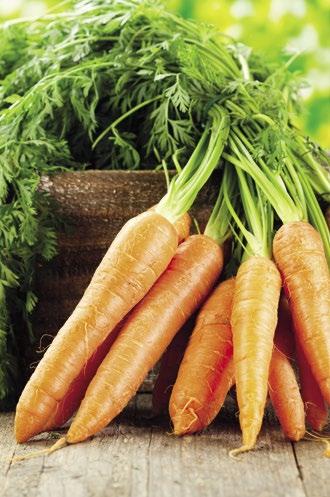
Top Tip...
The time is approaching when you should retrieve the mower from the garden shed in anticipation of giving the lawn its first haircut of the year.
On average, grass should be cut weekly from mid-March, but hold off if the soil is soft and squelchy or if it is frosty, or one is forecast. Mowing wet or frosty grass will damage the turf and play havoc with your plans to achieve a perfectly green and even lawn this summer!
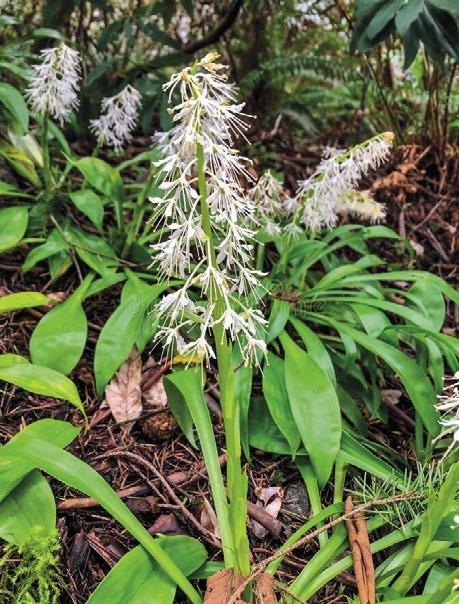
Once you’ve tasted your own home grown veg’ you’ll never look back
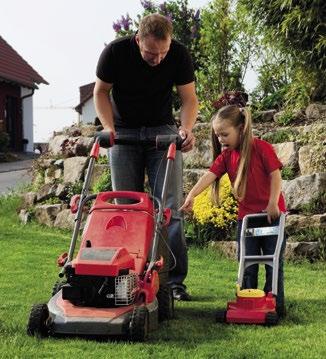
How does your garden grow?
Denton & District Gardening Club is a small, friendly club which meets on a Monday evening every month. New members and visitors are always welcome.
> For more information please contact Margaret at m.pateman@yahoo.co.uk or 01604 890875.
Launching into spring
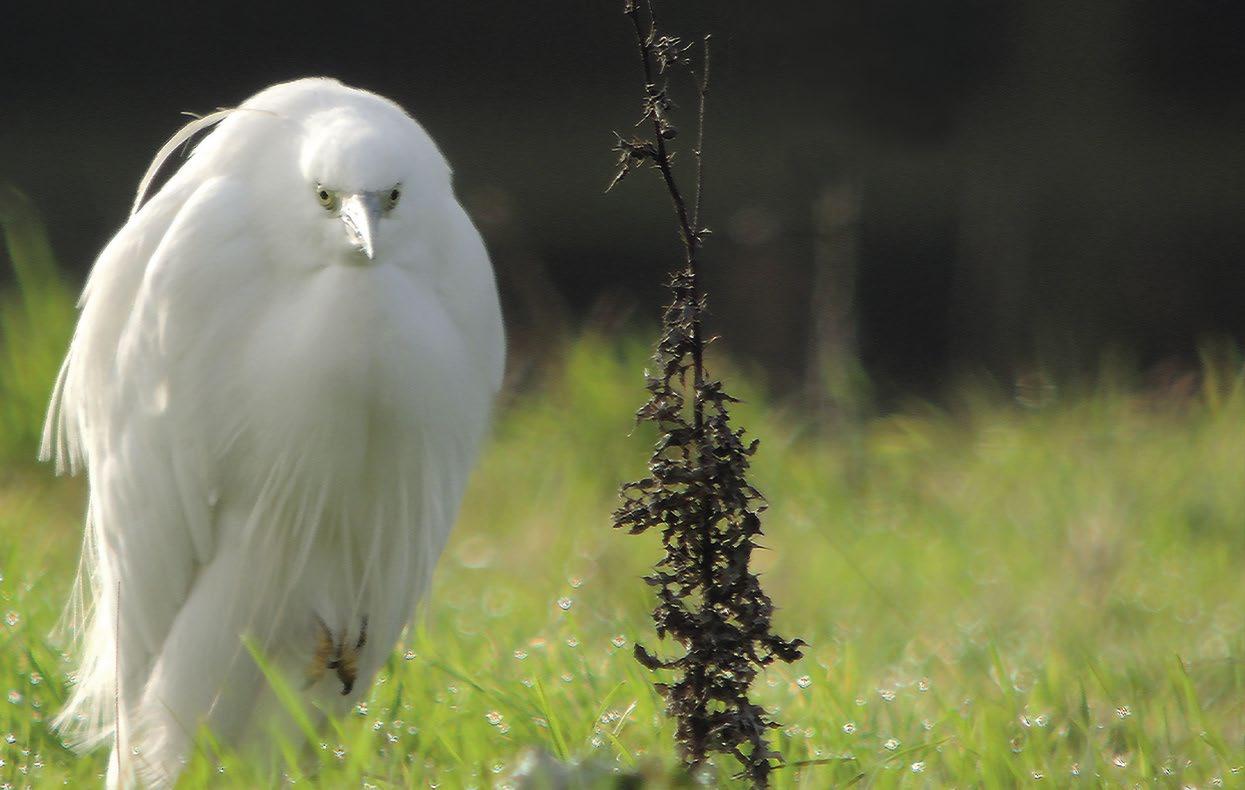
All Pics: Mike Alibone The arrival of milder spring weather will see the welcome return to some of our favourite migrating birds and plenty of opportunities to see them locally, writes Mike Alibone.
Spring is now upon us, with March traditionally heralding the arrival of the first birds of summer. By the end of the month, the first Swallows will have made it back from their African winter quarters, while the many thousands of migrants, such as Redwings and Fieldfares, which have joined us for the winter, will be heading back to Scandinavia to breed.
The lengthening days sound alarms on avian biological clocks, prompting many of our local birds to establish breeding territories, marking them out through song, to attract mates and deter rivals. Listen out in town and countryside for Blackbirds and Song Thrushes, both of which will have already started singing, as well as being the among the first to breed, with the earliest young already out of their nests by the month’s end. Even some of the smallest suburban lakes can provide interesting birds to look at. Among the larger, more obvious birds now breeding locally are Cormorants, Grey Herons and Little Egrets, the latter famous for producing ‘aigrettes’ – those long, fluffy, white headplumes used for adorning headdresses, more commonly in days gone by. Remarkably, this small, stunningly white heron has only recently colonised the UK from Europe over the last three decades. For a chance of seeing the above birds, sites worth checking out around Northampton are the Nene Washlands and Sixfields Lake, although the lakes at Abington Park, Eastfield Park and West Hunsbury will also produce many interesting birds. You’ll be surprised by what you may discover!
To find out what may be occurring in your area – and when – visit the Northants Birds website below. Here you will also find the annually produced publication of the same name, summarising all species seen in Northamptonshire each year, as well as other interesting articles and information. The latest edition, covering the year 2020, has just been published and is now available.
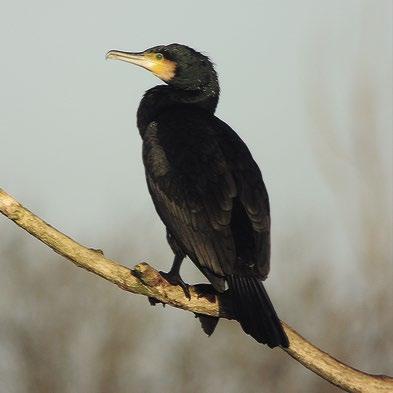
If you’ve been feeding the birds in your garden throughout the winter, then it’s important to continue at this time of the year, as the above activities place high demands on birds’ energy requirements. In these circumstances, the provision of readily available food sources contributes hugely to birds’ health and survival.
Stepping out beyond the garden, into the wider countryside, spring is really beginning to take off. In Northamptonshire we are fortunate to have many easily accessible wetland habitats, which hold a wealth of different species.
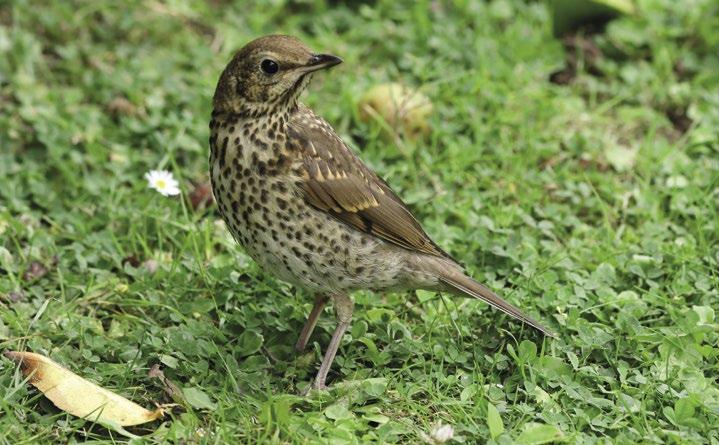
Look out for the Little Egret (above), Cormorant (inset) and Juvenile Song Thrush (below left)









